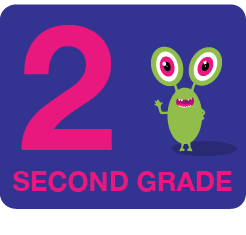The activity teaches the definitions of sentences and fragments, reinforcing the understanding that valid sentences require both a subject and a predicate. The task encourages children to identify whether or not a group of words makes a complete sentence or is just a fragment, offering a practical way of distinguishing the two concepts.
A complete sentence is like a full thought! It starts with a big letter, called a capital letter, and ends with a unique mark like a period, a question mark, or an exclamation mark. Inside the sentence, you need a subject, the "who" or "what" the sentence is about, and a predicate, which tells what the subject does. For example, "The cat runs." "The cat" is the subject, and "runs" describes the cat's actions. So it makes a complete sentence!
A fragment is a group of words that looks like a sentence but lacks important parts. It might not have a subject (who or what is doing something) or a verb (the action word). For example, if you say, "Ran to the store," it doesn't tell us who ran to the store, so it's not a complete sentence. A full sentence would be, "I ran to the store."
Sentence Structures: Understanding Sentences and Fragments
Additional Educational Resources:
Grammar Celebration: Present Participle Extravaganza
Sentence Structures: Understanding Sentences and Fragments
GRADES:

Additional Educational Resources:
Grammar Celebration: Present Participle Extravaganza

